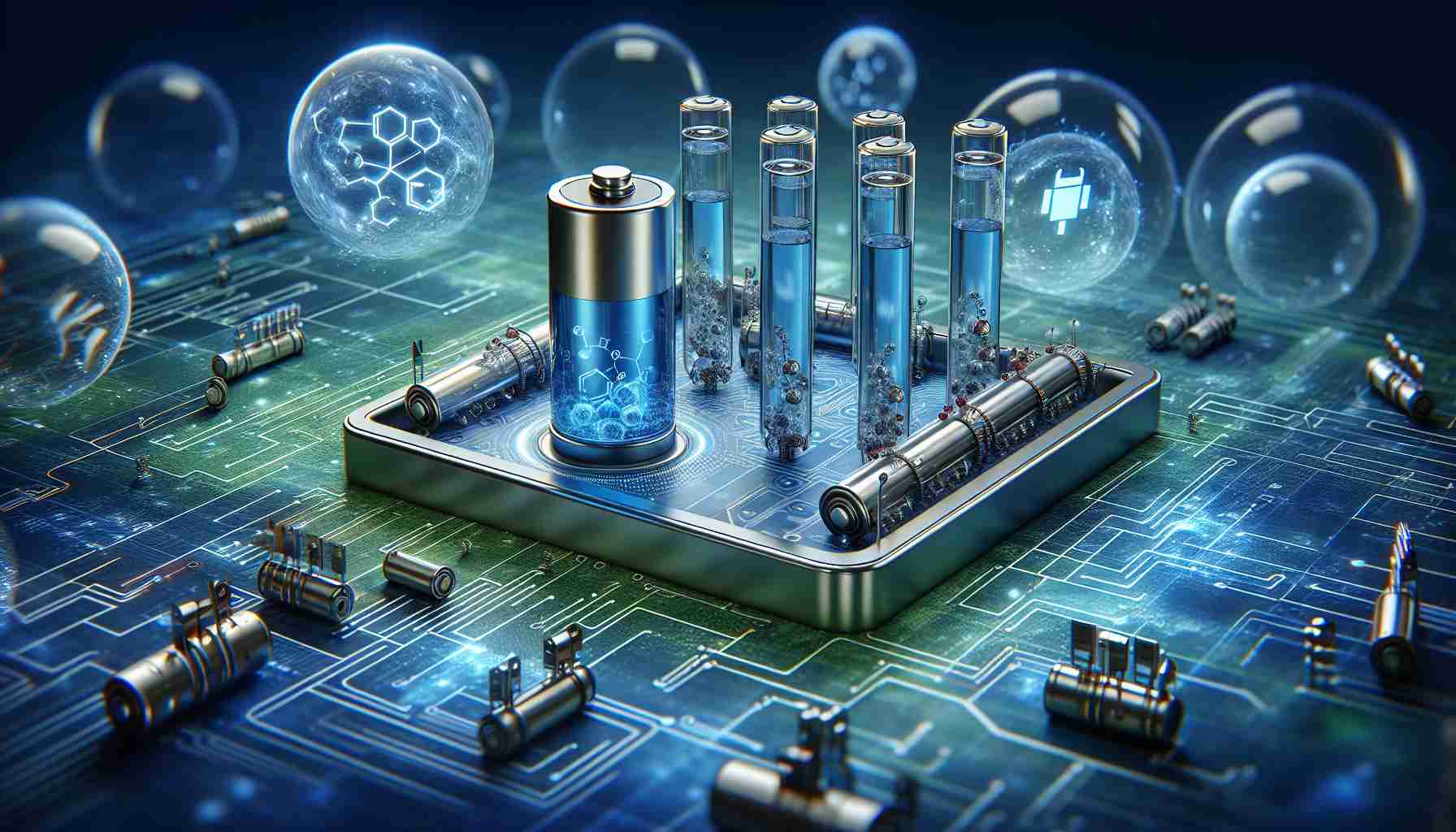Lithium-ion batteries are commonly used in today’s world as a type of rechargeable battery. One of the problems that can interfere with their operation is internal short-circuiting caused by direct contact between the cathode and anode (conductors that form the circuit inside the battery). To prevent this, separators made of polyolefins, a type of polymer that maintains separation, can be used. Unfortunately, these separators can melt at high temperatures, and inadequate electrolyte absorption (necessary for conducting charges between electrodes) can lead to short-circuits and decreased battery performance. In response to these problems, several different methods have been proposed.
One solution is to apply ceramic coatings to separators to improve their pressure resistance and higher temperature performance. However, this can increase the thickness of the separators, reduce their adhesion, and negatively impact battery efficiency. Another technique is the use of polymer coatings in a process known as graft polymerization. This involves attaching individual units (monomers) to the separators to give them desired properties.
Recent research published in the journal Energy Storage Materials presents a new method for improving the stability of separators in lithium-ion batteries. In these studies, a team of scientists, including Professor Jeongsik Yun from the Department of Energy and Chemical Engineering at Incheon National University in Seoul, South Korea, successfully performed graft polymerization on a polypropylene separator, introducing a uniform layer of silicon dioxide (SiO2).
Dr. Yun was motivated by the need for efficient battery materials in electric vehicles to achieve longer driving ranges, an area he has been actively working on. His goal is not only to improve battery performance but also to address consumer concerns about battery fires, which can influence their decision to transition to electric cars.
The researchers modified the polypropylene separator to strengthen it and increase its resistance to high temperatures. Firstly, it was coated with a layer of polyvinylidene, a chemical compound selected to enhance electrolyte affinity and thermal stability, as well as to introduce sites for graft polymerization reactions. Then, the separator underwent graft polymerization involving methacrylic molecules and finally was coated with a layer of SiO2 particles. These modifications made the separator stronger, more resistant to high temperatures, reduced lithium dendrite growth, and improved cycling performance.
These modifications not only maintained the energy density of lithium-ion batteries per unit volume but also surpassed other coating methods in terms of cell performance. This technique, therefore, has the potential to create robust separators and promote the use of lithium-ion batteries in electric vehicles and energy storage systems.
“Through this research, we hope to develop lithium batteries with high safety levels. We believe that improving the thermal stability of these batteries will be a tremendous benefit to the fire-sensitive electric vehicle industry. In the long run, this may encourage people to choose electric vehicles and, in urban areas, reduce the air pollution generated by combustion engines,” said Dr. Yun.
FAQ section based on the main topics and information presented in the article:
1. What are the problems associated with the operation of lithium-ion batteries?
One problem that can interfere with lithium-ion battery operation is internal short-circuiting caused by direct contact between the cathode and anode. This can lead to decreased battery performance.
2. What methods can improve the performance of lithium-ion batteries?
One method is to use separators made of polyolefins, which maintain separation between the cathode and anode. Ceramic or polymer coatings can also be applied to separators to improve their pressure resistance and higher temperature performance.
3. What are the problems associated with coating separators?
Applying ceramic coatings to separators can increase their thickness, reduce their adhesion, and negatively impact battery efficiency.
4. How does graft polymerization technique work?
Graft polymerization is a technique that involves attaching units (monomers) to separators to give them desired properties.
5. What were the research conducted in the article?
The research described in the article presents a new method for improving the stability of separators in lithium-ion batteries. The team of scientists performed graft polymerization on a polypropylene separator, introducing a layer of silicon dioxide.
6. What were the results of the research?
The modifications to the polypropylene separator made it stronger, more resistant to high temperatures, reduced lithium dendrite growth, and improved cycling performance.
7. What are the potential applications of lithium-ion batteries?
Lithium-ion batteries have the potential for use in electric vehicles and energy storage systems.
8. What are the benefits of using this technique in electric vehicles?
The use of this technique can lead to the development of lithium batteries with high levels of safety, which can be a tremendous benefit to the fire-sensitive electric vehicle industry. It may also encourage people to choose electric vehicles and reduce air pollution in urban areas.
Key terms and jargon definitions used in the article:
– Lithium-ion batteries: a type of rechargeable batteries used in today’s world.
– Separator: a material that separates the cathode and anode in a battery.
– Polyolefins: a type of polymers used as separators in lithium-ion batteries.
– Graft polymerization: a technique involving attaching units (monomers) to other polymers to give them desired properties.
Suggested related links to the main domain:
– energy.gov
– batteryuniversity.com
– batterycouncil.org
The source of the article is from the blog regiozottegem.be
